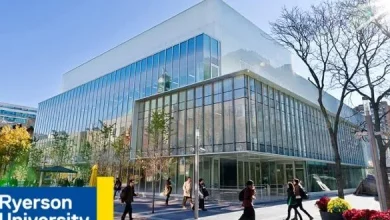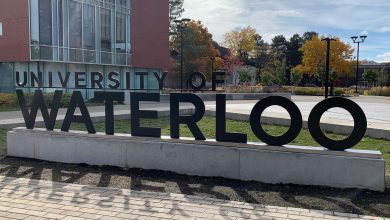Canada is one of the most popular destinations for immigrants due to its strong economy, high standard of living, and welcoming immigration policies. The country offers various pathways for people looking to move there, whether for work, study, family reunification, or as refugees. If you’re considering immigrating to Canada, this guide will help you navigate the process and find the best route for your specific situation.
The Process of Immigrating to Canada:
1. Express Entry System
The Express Entry System is the most common immigration pathway for skilled workers. This is a point-based system that evaluates candidates based on factors like age, education, work experience, and language proficiency. The system manages three federal economic immigration programs:
- Federal Skilled Worker Program (FSWP): For professionals with foreign work experience.
- Federal Skilled Trades Program (FSTP): For skilled tradespeople.
- Canadian Experience Class (CEC): For those with Canadian work experience.
To apply, you need to create an online profile, and if you’re eligible, you’ll be entered into a pool of candidates. Regular draws are held, and those with the highest scores are invited to apply for permanent residency. For more information, check the Government of Canada website.
2. Provincial Nominee Program (PNP)
Canada’s provinces and territories have their own immigration programs, known as the Provincial Nominee Programs (PNPs). These are designed to address specific labor market needs. Each province sets its criteria for nomination and may target different skill sets, work experience, or language abilities. If you receive a provincial nomination, it significantly boosts your score in the Express Entry system, increasing your chances of receiving an invitation to apply for permanent residency.
Explore the PNP options by province to determine which program aligns with your profile.
3. Family Sponsorship
Canada prioritizes family reunification through its Family Sponsorship program. If you have family members who are Canadian citizens or permanent residents, they may be able to sponsor you to come to Canada. Eligible sponsors can bring their spouse, common-law partner, dependent children, parents, or grandparents to Canada. This process involves the sponsor committing to provide financial support to the family member they are sponsoring.
For detailed eligibility requirements and application procedures, visit the Family Sponsorship page.
4. Study Permits and Post-Graduation Work Permits
Studying in Canada is a popular pathway to permanent residency. With a Study Permit, you can attend a designated learning institution in Canada. After graduation, many students apply for a Post-Graduation Work Permit (PGWP), which allows them to gain valuable Canadian work experience. This experience can be leveraged to apply for permanent residency through the Canadian Experience Class (CEC) under the Express Entry system.
Learn more about studying in Canada and the post-graduation pathways to immigration on the Study in Canada page.
5. Refugee and Humanitarian Programs
Canada is known for its humanitarian approach to immigration. If you’re fleeing persecution or are at risk of harm in your home country, you may be eligible to apply for refugee status in Canada. The country has various programs to help refugees, including the Refugee and Humanitarian Resettlement Program and the In-Canada Asylum Program.
To understand more about these programs and how to apply, visit the Refugees and Asylum page.
FAQs About Immigration to Canada:
What is the minimum score needed for Express Entry?
The minimum Comprehensive Ranking System (CRS) score needed for Express Entry varies with each draw. In general, scores range between 450 and 500 points. You can increase your score by improving your language proficiency, obtaining a provincial nomination, or gaining more work experience.
How long does it take to process an immigration application?
Processing times vary depending on the immigration program you apply through. Express Entry applications typically take about six months to process, while Provincial Nominee Programs can take longer. Family sponsorship applications can take 12 to 24 months.
Can I work in Canada while waiting for my permanent residency?
Yes, if you have a valid work permit. Many immigration pathways, like the Canadian Experience Class (CEC) or Provincial Nominee Program (PNP), allow candidates to work in Canada while their permanent residency application is being processed.
What are the language requirements for immigrating to Canada?
Most immigration programs require you to prove proficiency in either English or French. You need to take an approved language test, such as the IELTS for English or the TEF for French. The minimum score requirements vary depending on the program.
Can I bring my family with me when I immigrate to Canada?
Yes, most immigration programs allow you to include your spouse or common-law partner and dependent children in your application. Additionally, through the Family Sponsorship program, you can bring other family members like parents and grandparents after you’ve settled in Canada.
For more detailed information and to explore your immigration options, visit the Government of Canada’s Immigration and Citizenship page.
Related Article: Reasons To Study In Canada
Conclusion
Canada’s immigration process can be complex, but with the right information and preparation, you can make your dream of moving to Canada a reality. Whether you’re a skilled worker, student, family member, or refugee, there are pathways available to help you start a new life in this diverse and vibrant country






